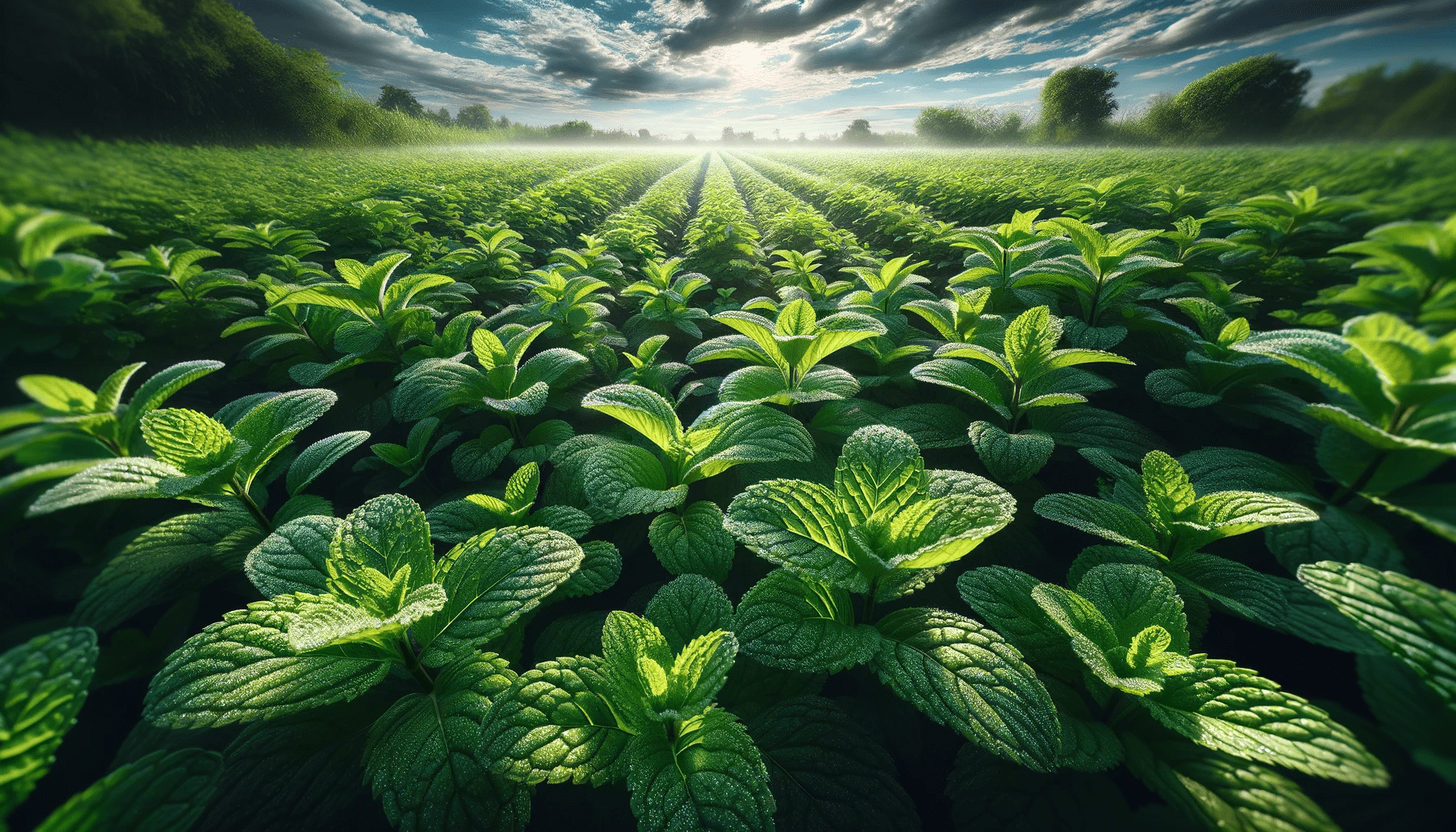Peppermint, known scientifically as Mentha piperita, is more than just a flavoring agent. This aromatic herb has a rich history and is celebrated for its refreshing scent and a multitude of health benefits. From digestive aid to a soothing balm for stress, peppermint has made its mark both in traditional and modern medicine.
1: Unveiling Peppermint – A Botanical Overview
Peppermint is a hybrid mint, a cross between watermint and spearmint, native to Europe and the Middle East. It grows widely in moist habitats and is now cultivated across the globe. The plant is known for its sharp, cooling flavor, attributable to its high menthol content.
2: The Therapeutic Powers of Peppermint
Peppermint has been used for centuries as a remedy for various ailments. Its primary component, menthol, is responsible for many of its therapeutic effects.
- Digestive Health: Studies have shown that peppermint oil can alleviate symptoms of Irritable Bowel Syndrome (IBS). A systematic review in the "Journal of Clinical Gastroenterology" found significant evidence supporting this benefit【1】.
- Pain Relief: Peppermint oil has analgesic properties, making it effective in relieving headaches. Research in "Phytotherapy Research" highlights its role in reducing the intensity and frequency of migraine headaches【2】.
3: Peppermint in Culinary Delights
Beyond its health benefits, peppermint is a popular culinary herb. It's widely used in beverages, desserts, and savory dishes for its refreshing taste. The herb pairs well with chocolate, fruits, and is a staple in herbal teas.
4: Peppermint in Aromatherapy and Skincare
- Aromatherapy: The refreshing aroma of peppermint oil is used in aromatherapy to enhance mental alertness and alleviate stress. A study in the "International Journal of Neuroscience" found that peppermint aroma could increase memory and alertness【3】.
- Skincare: Peppermint oil's cooling sensation and anti-inflammatory properties make it a beneficial ingredient in skincare products. It's often found in balms, lotions, and shampoos.
5: Cultivating and Harvesting Peppermint
Growing peppermint is relatively easy, making it a popular plant for home gardens. It thrives in moist, shaded areas and can be grown from cuttings or seedlings. The leaves are best harvested before the plant flowers for maximum flavor and oil content.
6: The Versatility of Peppermint in Everyday Life
Peppermint's versatility extends beyond health and culinary uses. It's used as a natural pest repellent and is a popular flavor in toothpaste and chewing gum, owing to its refreshing taste and breath-freshening properties.
Conclusion
Peppermint is a remarkable herb with a plethora of uses. Its benefits range from aiding digestion and relieving pain to adding a refreshing zest to foods and promoting mental wellness through aromatherapy.
References
- Khanna R., MacDonald J.K., Levesque B.G. (2014). "Peppermint Oil for the Treatment of Irritable Bowel Syndrome: A Systematic Review and Meta-analysis." Journal of Clinical Gastroenterology.
- Göbel H., Schmidt G., Soyka D. (1996). "Effect of Peppermint and Eucalyptus Oil Preparations on Neurophysiological and Experimental Algesimetric Headache Parameters." Phytotherapy Research.
- Moss M., Hewitt S., Moss L., Wesnes K. (2008). "Modulation of Cognitive Performance and Mood by Aromas of Peppermint and Ylang-Ylang." International Journal of Neuroscience.
Discover Peppermint on the Amazon store : link

Leave a comment